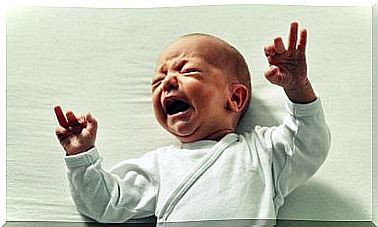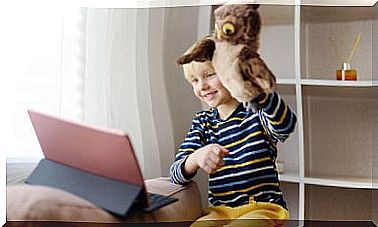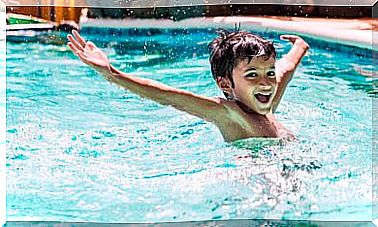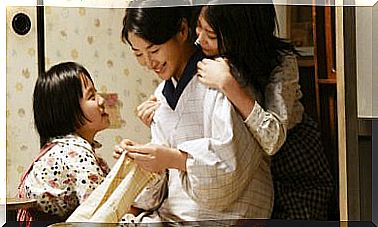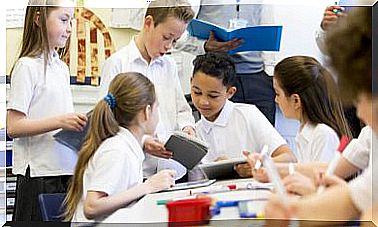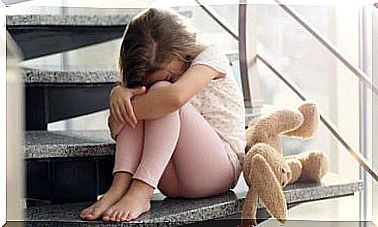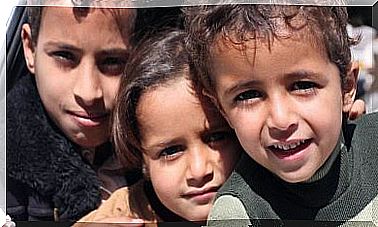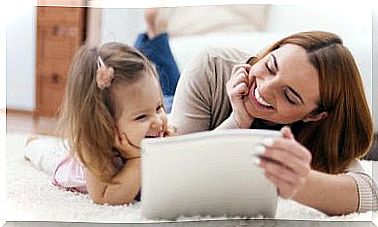The Importance Of Having A First Aid Kit At Home
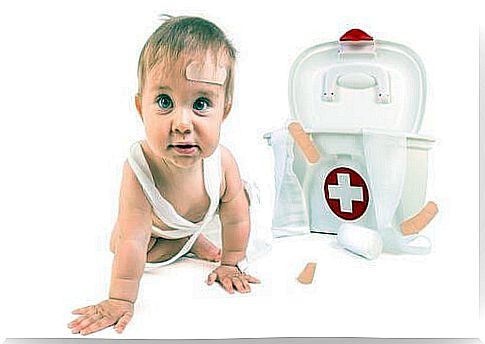
There are many aspects that we must consider when analyzing the importance of having a first aid kit at home. To simplify we will mention 2 of them:
- The first and most common are children. They always think of having fun without measuring the risk of the area where they play their games. They are mostly exposed to falls and we must assist them quickly.
- The second scenario and the one we think about least are natural disasters. Lately we frequently hear news about hurricanes, earthquakes or terrorist attacks. We usually feel sorry for the people affected, without thinking that we could also be victims of it at some point.
But if in both cases we do not perceive any threat, should we have a first aid kit on hand? Definitely yes. Well, the disaster will never warn you and you should be warned. So, be cautious!
Next we will show you what you need to prepare a real first aid kit at home.
What is a first aid kit?
A first aid kit is designated as a container where the necessary elements are kept to help or assist an individual in an emergency.
It is mainly proposed to store medical utensils that provide first aid and medicine for common ailments. However, disaster management organizations ask families to incorporate other supplements. We will tell you about them later!
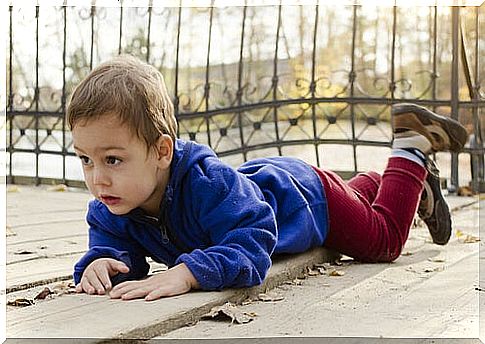
What is a first aid kit for?
A first aid kit is used to transport only essential supplies that meet or assist a need or emergency. Therefore, it is recommended that you take into account:
- Make it easy to handle and light.
- Containing only what is essential to perform first aid.
- In the case of attaching other non-medical elements, you must evaluate that they are really necessary.
- It should not be hidden, all family members should know its location.
- It should preferably be located in a place out of the reach of children, even if they know it exists.
- You must take into account that your medicine cabinet must be reviewed annually, so that you can notice expired medications and even damaged instruments or devices and thus be able to replace them with new ones.
Benefits of having a first aid kit at home
Having a first aid kit in your home will benefit you greatly, because with it you can:
- Deal with minor injuries and trauma.
- The assistance of stronger trauma, such as vomiting, diarrhea, pain, abdominal pain, deep wound healing, etc.
- Treat certain serious injuries and trauma. In this case, some utensils such as physiological solution and other basic supplements are included. In no way should we use surgical elements; its use is exclusive to medical professionals.
The latter applies especially in the event of an accident. Also, in case of disasters, in addition to medicines and basic medical care items, you can add: canned goods, flashlights, drinking water and many other items that we will detail below.
How to make a first aid kit at home?
The organization of the first aid kit does not have a specific rule, but you should know that it will mainly depend on the needs and circumstances of your space. It would be a good idea to study whether a natural disaster has occurred in the history of your locality and if so, have each member of the family prepare their emergency kit in addition to the first aid kit at home.
The basic first aid kit at home should contain:
- Alcohol or hydrogen peroxide.
- Gauze and bandages.
- Band-Aids.
- Thermometer.
- Scissors and tweezers.
- Headache medications.
- Medications for fever, vomiting, diarrhea, etc.
- Disposable surgical gloves.

The individual first aid kit should include:
- The basic supplements described above stored in a waterproof container.
- Drinking water.
- Non-perishable food, open cans and a cutlery set.
- A blanket and a change of clothes.
- Items for personal use (toothbrush, soap, toilet paper and towel).
- Flashlight and spare batteries.
- Matches or lighter.
- Copies of identification documents and telephone numbers of emergency services.
- Cash and if necessary a map of the area.
We hope this information will be of great help to you! Remember that it is better to have our first aid kit ready and not need it, than adversity to take us by surprise and without foresight.

